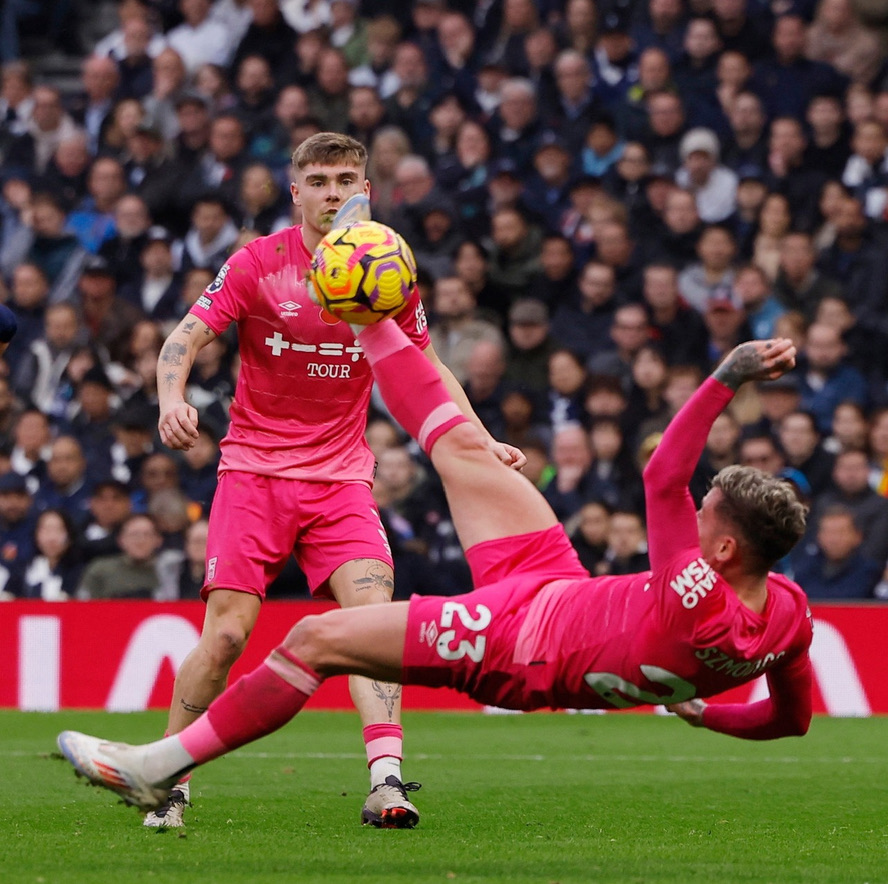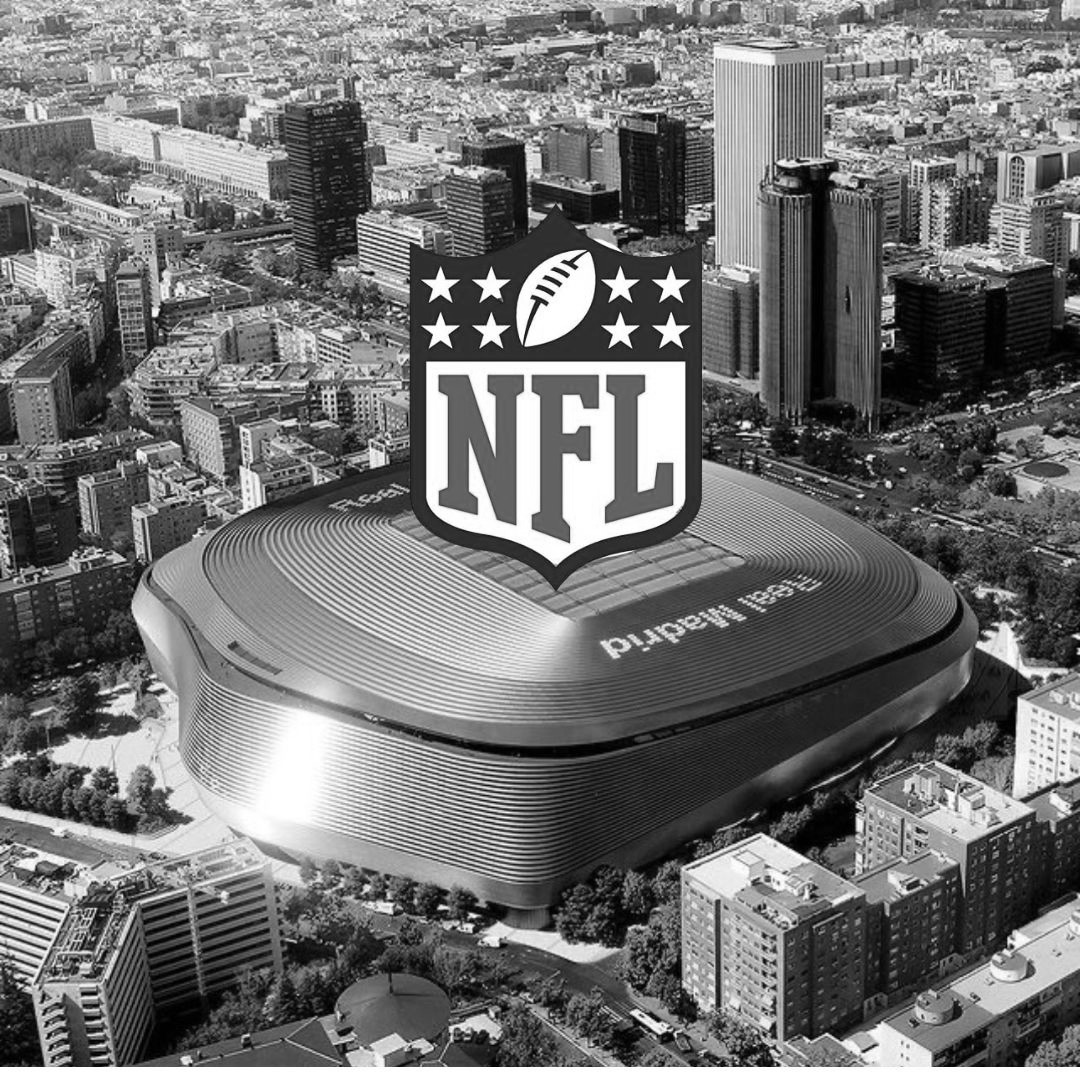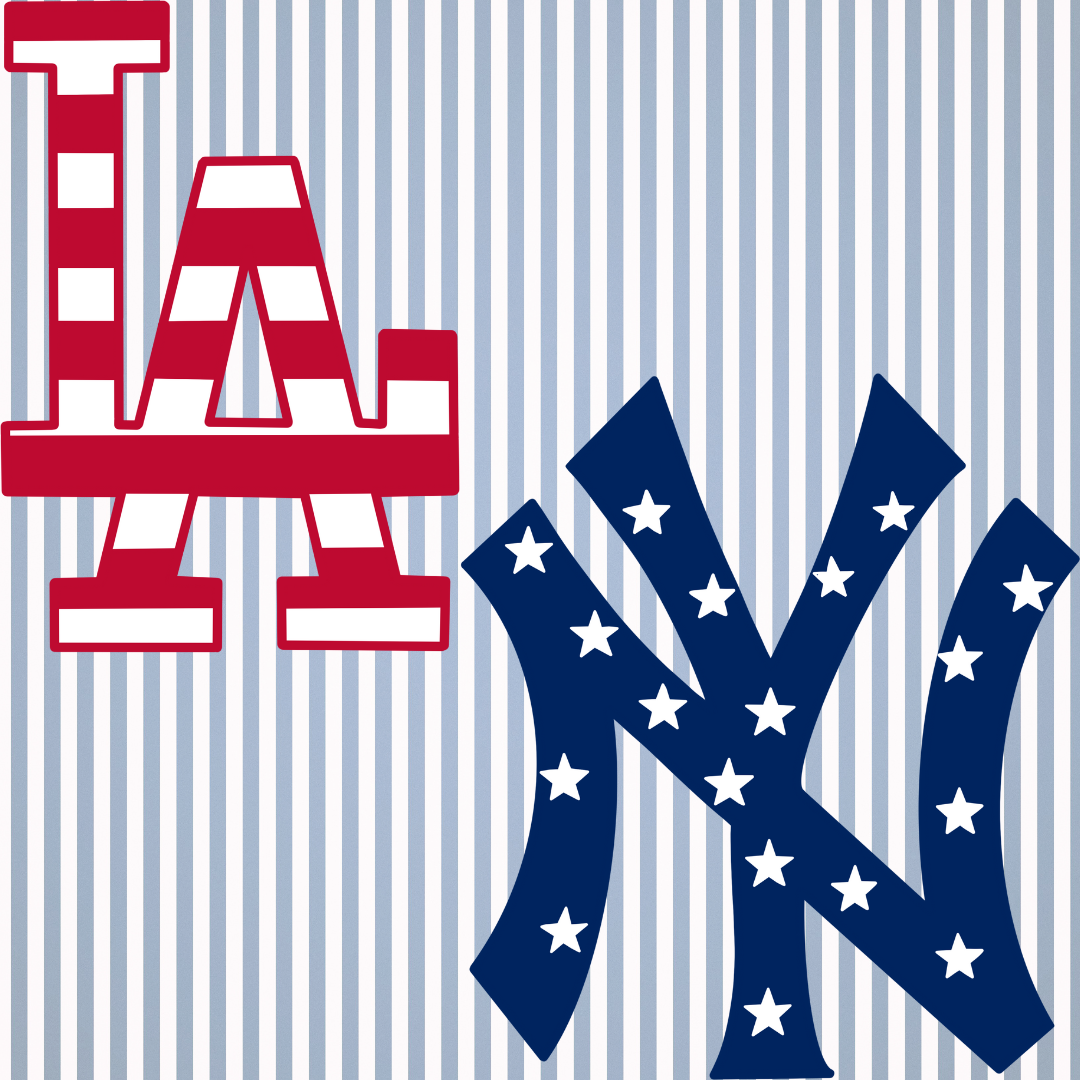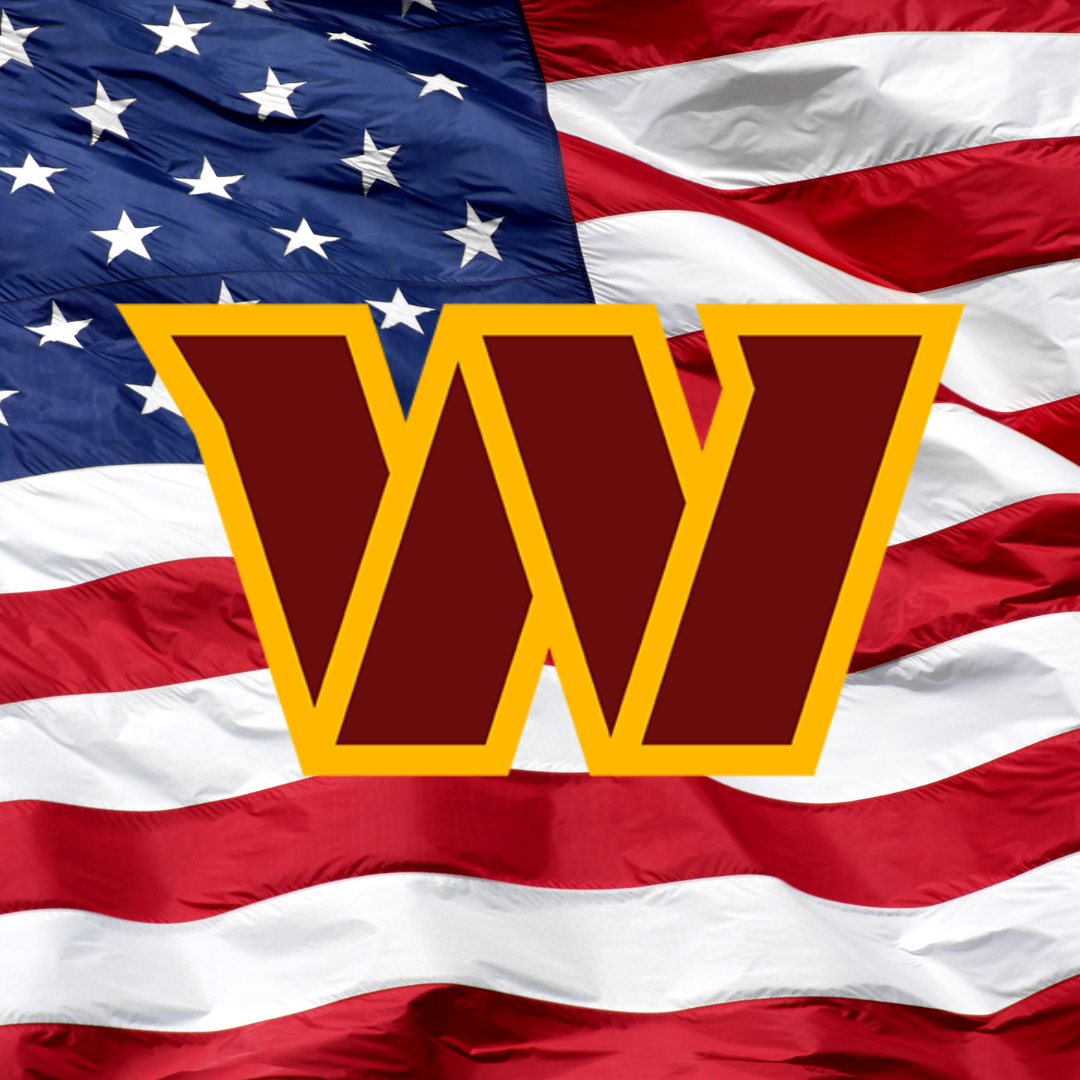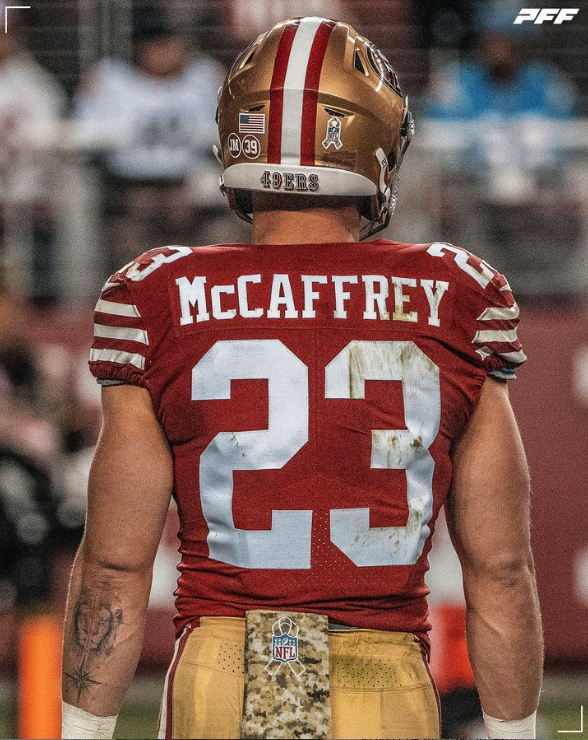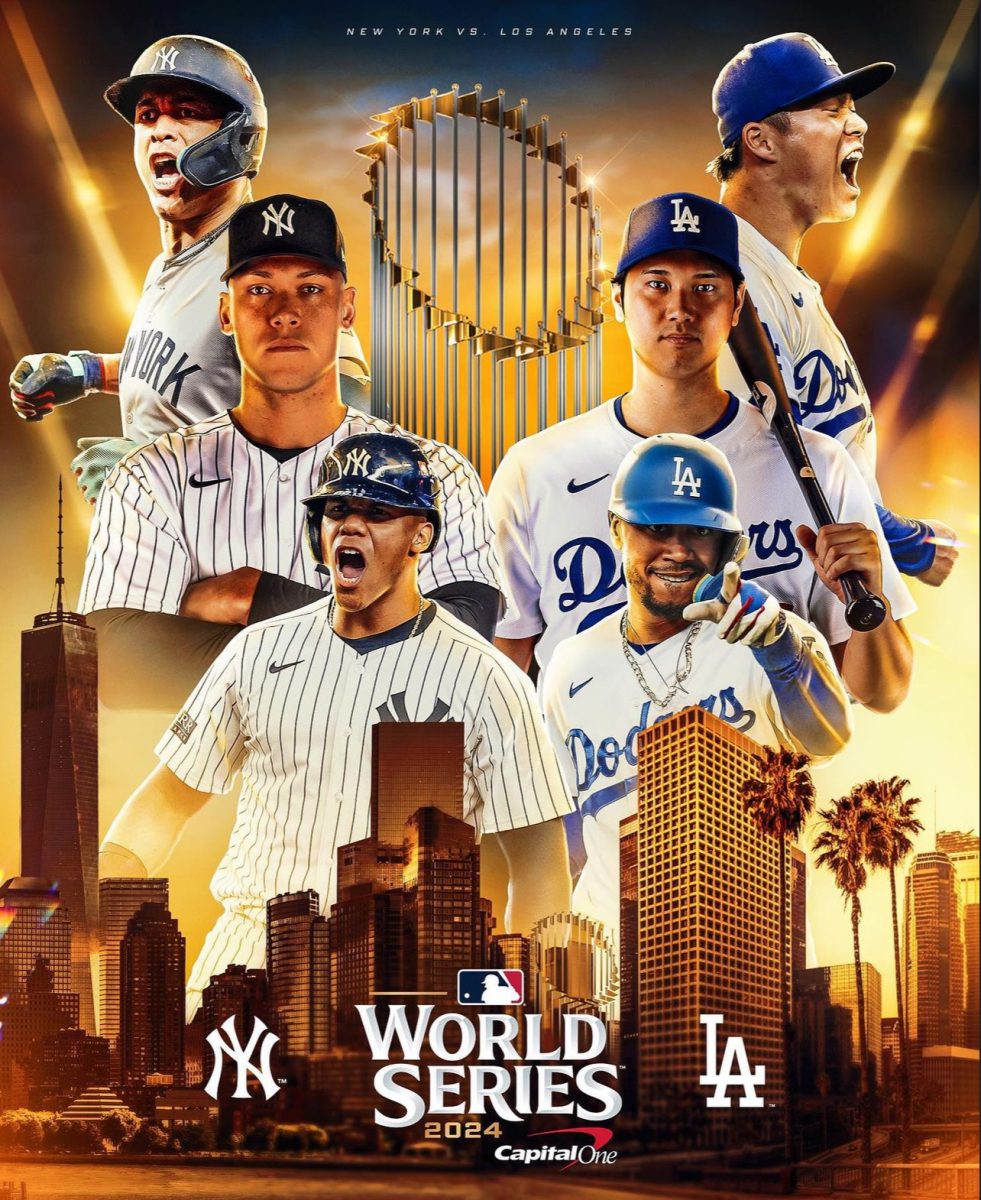By Peter Valentino

There may be no team in baseball, or sports for that matter, with an organizational mentality quite like the Miami Marlins. With the Cardinals, it’s success in small market. For the Yankees, it’s spend to succeed. For the Marlins, it’s fire sale, start over and hope for the best. The team has never won the NL East, yet has the same number of World Series as the Phillies and the Mets with two, one behind the division-leading Braves with three. The two times they’ve made the playoffs, they’ve won the fall classic. They consistently rank near the bottom of the league in Opening Day Salary, have had three owners in their 24-year history and seem close to another one. The team isn’t necessarily horribly run, it just does things a bit differently.
The team began play in 1993 after Wayne Huizenga, CEO of Blockbuster, was awarded the new franchise with an expansion fee of $95 million in 1991. The team went through the usual expansion woes, going 221 and 285 from 1993 to 1996. Enter Jim Leyland in 1997, and the team manages to win the NL Wild Card in just its fifth year of existence. In October, the team swept the NL West champion Giants, and then beat the Atlanta Braves in six games to go on to the World Series. In one of the greatest Fall Classics ever, the Marlins beat the Cleveland Indians in extra innings of Game Seven, 3-2, to bring the championship home to south Florida. However, the next year, the team had probably the biggest fire sale in sports history, and plummeted to a 54-108 record, the worst of any defending World Series champion. After that season, Huizenga, who cited financial losses despite winning the World Series a year prior, sold the team to John Henry, who owned the Fish for three years until selling to Jeffrey Loria in 2002. Henry then went on to buy the Red Sox, winning the World Series three times since the purchase.
After a slew of below .500 seasons, the Florida Marlins were 16-22 halfway through May of the 2003 season. The team then brought in 73-year-old Jack McKeon as interim manager, and the team finished 91-71, clinching the NL Wild Card. The team beat the Giants again in the NLDS and then the Cubs in the NLCS (cue Bartman highlight) before beating the Yankees in six games to its their second championship in 11 seasons. The team, again, had a fire sale after the season, but rather than plummeting to obscurity, the team hovered around .500 for the next three seasons. After the 2006 season, the team traded superstar third baseman Miguel Cabrera to the Tigers for a slew of players that failed to pan out, except for Andrew Miller and Cameron Maybin. The team made a similar trade in 2012 with the Toronto Blue Jays. After the team bought a multitude of great talent in the offseason before, expecting to be competitive in its first season in the new ballpark, the team had another fire sale that was just as large and just as much of a net negative.
Nowadays, the team has been rumored to be back on the market, as Loria apparently has a handshake agreement in place. If it goes through, this would be the fourth owner in 24 years for the Marlins.
The team could, at any time, resurrect the Marlin Magic that was seen in 1997 and 2003. That’s not only the magic of the Marlins, but the magic of baseball.





































































































































































































